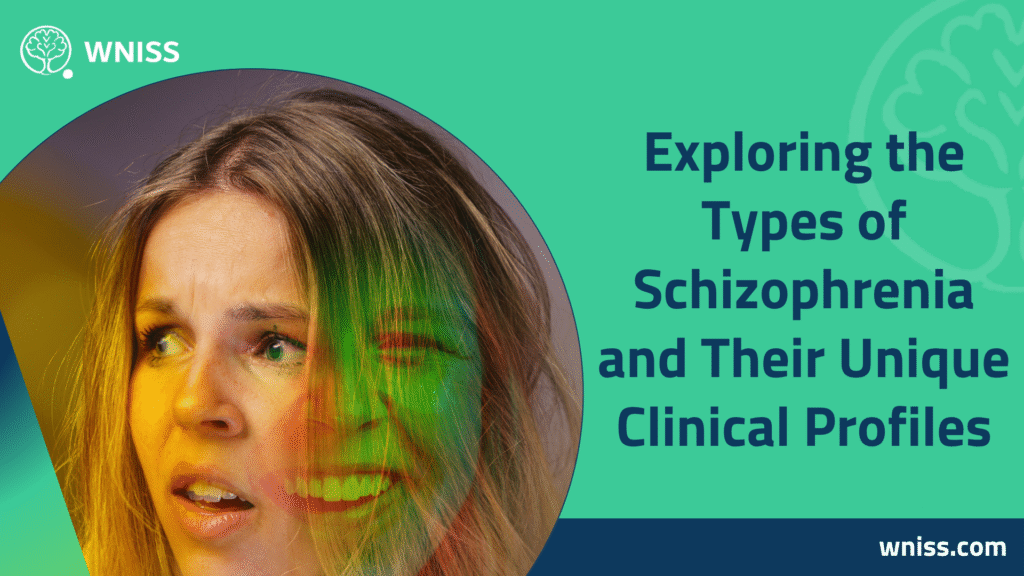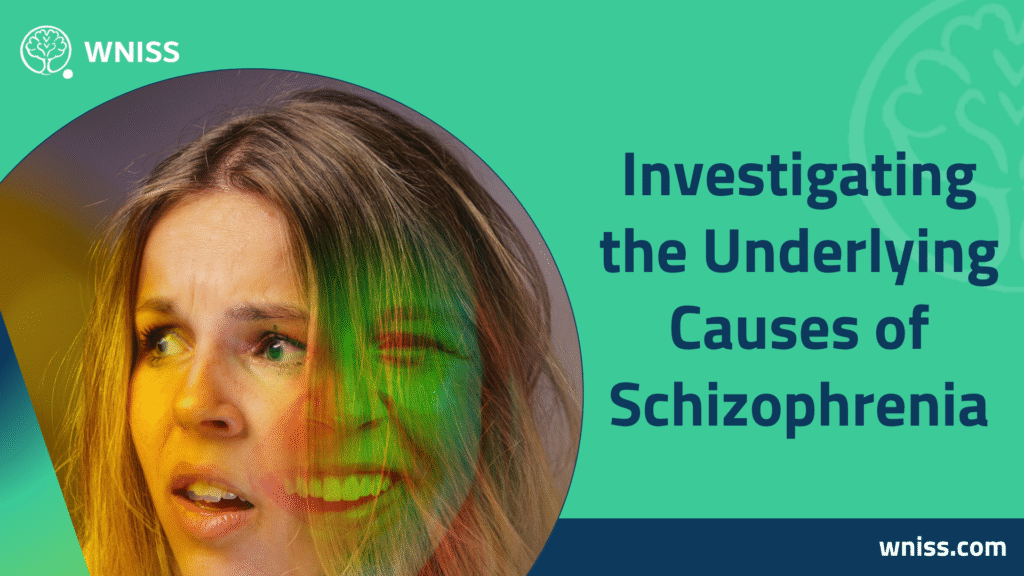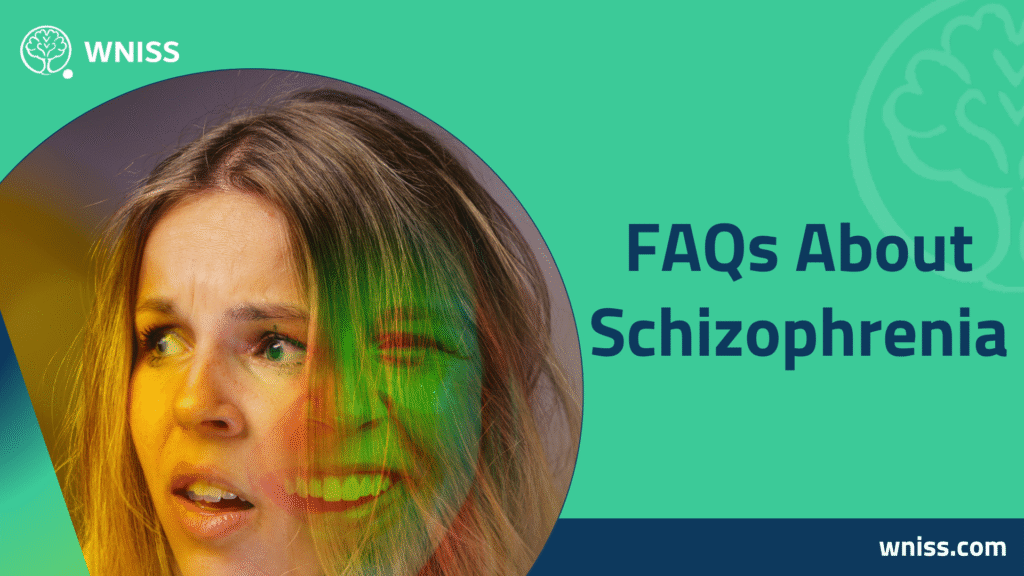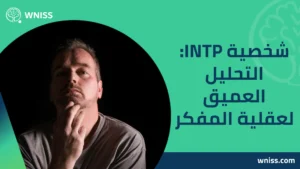When discussing complex psychiatric conditions, schizophrenia symptoms represent one of the most critical areas of focus, not only because of their severity but also due to the subtle ways they can begin to manifest. Schizophrenia is a chronic brain disorder that affects the way an individual thinks, feels, and behaves, often leading to severe disruptions in daily life. The schizophrenia symptoms that accompany this condition are wide-ranging, encompassing cognitive, behavioral, and emotional changes that gradually alter a person’s perception of reality. Indeed, while occasional confusion or disorganized thoughts can be normal, the persistent and progressive nature of schizophrenia symptoms makes early recognition absolutely essential.
Many individuals unfamiliar with the condition mistakenly associate schizophrenia solely with hallucinations or delusions. However, in reality, schizophrenia symptoms are more complex, incorporating both positive symptoms of schizophrenia and negative symptoms of schizophrenia, which together provide a comprehensive clinical picture. Importantly, understanding these varying symptom types is crucial for families, caregivers, and medical professionals, as it can facilitate earlier interventions that significantly improve long-term outcomes.
Moreover, the gradual onset of schizophrenia symptoms often makes early identification difficult. Some symptoms might initially appear as mild social withdrawal, reduced motivation, or slight changes in cognitive function. Over time, however, these subtle signs can develop into full-blown psychotic episodes that drastically impair functioning. The deterioration of mental health caused by unchecked schizophrenia symptoms often results in individuals isolating themselves, losing the ability to work, or neglecting personal care—all of which can severely degrade overall quality of life.
Exploring the Types of Schizophrenia and Their Unique Clinical Profiles
To fully grasp the nature of schizophrenia symptoms, it’s essential to explore the different types of schizophrenia, as each subtype presents unique challenges in terms of diagnosis and management. Traditionally, clinicians have recognized several primary types of schizophrenia, including:

- Paranoid Schizophrenia: Characterized by prominent delusions and auditory hallucinations, often leading to intense suspicion and fear of others.
- Disorganized Schizophrenia: Marked by disorganized speech, chaotic thinking patterns, and inappropriate emotional responses.
- Catatonic Schizophrenia: Involves disturbances in movement, where individuals may remain motionless for extended periods or engage in bizarre, purposeless movements.
- Undifferentiated Schizophrenia: Diagnosed when symptoms do not fit neatly into the other categories but still involve significant psychotic features.
- Residual Schizophrenia: Occurs when acute psychotic symptoms have diminished, but negative symptoms persist, such as lack of motivation and social withdrawal.
Although modern diagnostic criteria focus more on symptom severity rather than rigid subtypes, understanding the types of schizophrenia can still help clinicians recognize symptom patterns and develop more tailored treatment plans.
Distinguishing Between Positive and Negative Symptoms of Schizophrenia
The classification of positive and negative symptoms of schizophrenia offers another valuable framework for understanding this complex condition. Positive symptoms of schizophrenia refer to behaviors or experiences added to normal functioning, while negative symptoms of schizophrenia represent deficits or reductions in typical functions.
Positive Symptoms of Schizophrenia include:
- Hallucinations: Auditory hallucinations are the most common, but visual, tactile, and olfactory hallucinations may also occur.
- Delusions: Strongly held false beliefs, often involving persecution or grandiosity, despite evidence to the contrary.
- Disorganized Thinking: Evident in incoherent speech or frequent derailment of thought processes.
- Agitation and Bizarre Behavior: May include inappropriate emotional responses or unpredictable actions.
Negative Symptoms of Schizophrenia include:
- Affective Flattening: Reduced emotional expression, including facial expressions and tone of voice.
- Alogia: Limited speech output and reduced thought content.
- Anhedonia: Inability to experience pleasure from previously enjoyable activities.
- Social Withdrawal: Loss of interest in interpersonal relationships.
- Avolition: Lack of motivation to initiate and maintain purposeful activities.
By understanding the distinction between positive and negative symptoms of schizophrenia, healthcare providers can develop more precise treatment strategies that address the full spectrum of challenges faced by individuals with the disorder.
Investigating the Underlying Causes of Schizophrenia
The exact causes of schizophrenia remain complex and multifactorial, involving a combination of genetic, biological, environmental, and psychological influences. While no single cause can explain every case, several key factors are widely recognized as contributors to the onset of schizophrenia symptoms:

- Genetic Predisposition: Having a close relative with schizophrenia significantly increases the risk of developing the disorder, suggesting a strong hereditary component.
- Neurochemical Imbalances: Abnormal dopamine and glutamate neurotransmitter activity in the brain are closely associated with schizophrenia symptoms.
- Brain Structure Abnormalities: Imaging studies have revealed structural differences in the brains of individuals with schizophrenia, including enlarged ventricles and reduced gray matter volume.
- Prenatal Stressors: Exposure to viral infections or malnutrition during fetal development may increase vulnerability.
- Substance Abuse: Use of psychoactive substances, particularly during adolescence, can trigger the emergence of schizophrenia symptoms in genetically susceptible individuals.
- Psychosocial Stressors: Chronic stress or traumatic life events may act as catalysts for the onset of psychotic episodes.
Understanding the causes of schizophrenia not only aids in early intervention but also emphasizes the importance of adopting a holistic approach to treatment that addresses both biological and environmental factors.
The Process of Diagnosis of Schizophrenia
Accurate diagnosis of schizophrenia is essential for initiating appropriate treatment and improving long-term outcomes. The diagnosis of schizophrenia typically involves several steps:
- Clinical Interviews: A thorough assessment of symptoms, duration, and severity, often involving family members for additional perspectives.
- Psychiatric Evaluation: Evaluation using standardized tools such as the Positive and Negative Syndrome Scale (PANSS) to quantify symptom severity.
- Exclusion of Other Conditions: Ruling out other medical or psychiatric disorders that could mimic schizophrenia symptoms, such as bipolar disorder or brain tumors.
- Monitoring Over Time: Because psychotic symptoms may arise temporarily due to substance use or acute stress, a definitive diagnosis of schizophrenia requires persistent symptoms for at least six months.
Early and accurate diagnosis allows for timely intervention, which is critical in preventing further cognitive and functional decline.
Comprehensive Strategies for the Treatment of Schizophrenia
Effective treatment of schizophrenia must address both the acute psychotic symptoms and the long-term management of negative symptoms. Treatment typically involves a combination of pharmacological, psychological, and social interventions:
- Antipsychotic Medications: These are the cornerstone of the treatment of schizophrenia, helping to manage positive symptoms of schizophrenia by modulating dopamine levels. Second-generation antipsychotics such as risperidone and olanzapine are commonly prescribed.
- Cognitive Behavioral Therapy (CBT): CBT assists patients in challenging delusional beliefs and developing coping strategies for hallucinations.
- Psychosocial Rehabilitation: Focuses on developing social skills, vocational training, and independent living skills.
- Family Education and Support: Teaching family members about schizophrenia symptoms helps reduce stigma and improve treatment adherence.
- Community-Based Services: Access to supportive housing, case management, and peer support groups helps prevent relapse and hospitalization.
Successful treatment of schizophrenia requires an individualized plan that evolves over time, adapting to the patient’s changing needs.
FAQs About Schizophrenia

What are the 5 main symptoms of schizophrenia?
The 5 main schizophrenia symptoms commonly recognized are:
- Delusions: Strong false beliefs that defy logic or reality.
- Hallucinations: Hearing voices or seeing things that do not exist.
- Disorganized Speech: Incoherent or nonsensical verbal communication.
- Negative Symptoms: Emotional withdrawal, reduced speech, and lack of motivation.
- Cognitive Impairments: Difficulties with memory, attention, and executive function.
These symptoms collectively impact an individual’s ability to function normally in daily life.
Can a schizophrenic lead a normal life?
Yes, with appropriate treatment of schizophrenia, many individuals can lead productive and fulfilling lives. While the condition is chronic, advancements in medication, therapy, and social support systems enable many patients to work, maintain relationships, and live independently. Early intervention and ongoing support are key to improving long-term outcomes.
How to calm a schizophrenic episode?
To calm someone during an acute schizophrenic episode:
- Ensure the environment is quiet and non-threatening.
- Speak calmly, using simple and reassuring language.
- Avoid confrontation or arguing about delusions.
- Encourage the individual to take prescribed medications if appropriate.
- Contact mental health professionals if the situation escalates.
Understanding and empathy are vital in reducing agitation and facilitating recovery.
What is the age of onset for schizophrenia?
Schizophrenia symptoms typically appear in late adolescence or early adulthood, usually between the ages of 16 and 30. Onset before age 13 is rare and considered childhood-onset schizophrenia. Early intervention during the initial onset stage significantly improves long-term prognosis.
Is schizophrenia curable?
While schizophrenia is not currently considered curable, it is highly treatable. With continuous management, many individuals achieve symptom stabilization and functional recovery. Long-term treatment of schizophrenia, including medication adherence and psychosocial interventions, allows for substantial improvement in quality of life.
Where do most schizophrenics live?
Most individuals with schizophrenia live in community settings, often with varying degrees of support. While some require assisted living or supportive housing environments, many live independently or with family. Access to community mental health services plays a critical role in enabling patients to avoid institutionalization and maintain community integration.
In conclusion, understanding schizophrenia symptoms, their early warning signs, and their profound impact on mental health is essential for timely intervention and effective management. By recognizing the distinctions between positive symptoms of schizophrenia and negative symptoms of schizophrenia, exploring the underlying causes of schizophrenia, understanding the process of diagnosis of schizophrenia, and applying the most suitable strategies for the treatment of schizophrenia, both patients and caregivers can take informed steps towards recovery. Ultimately, early detection and a comprehensive, supportive treatment plan empower individuals with schizophrenia to lead meaningful, productive lives despite the challenges posed by this complex mental health condition.




